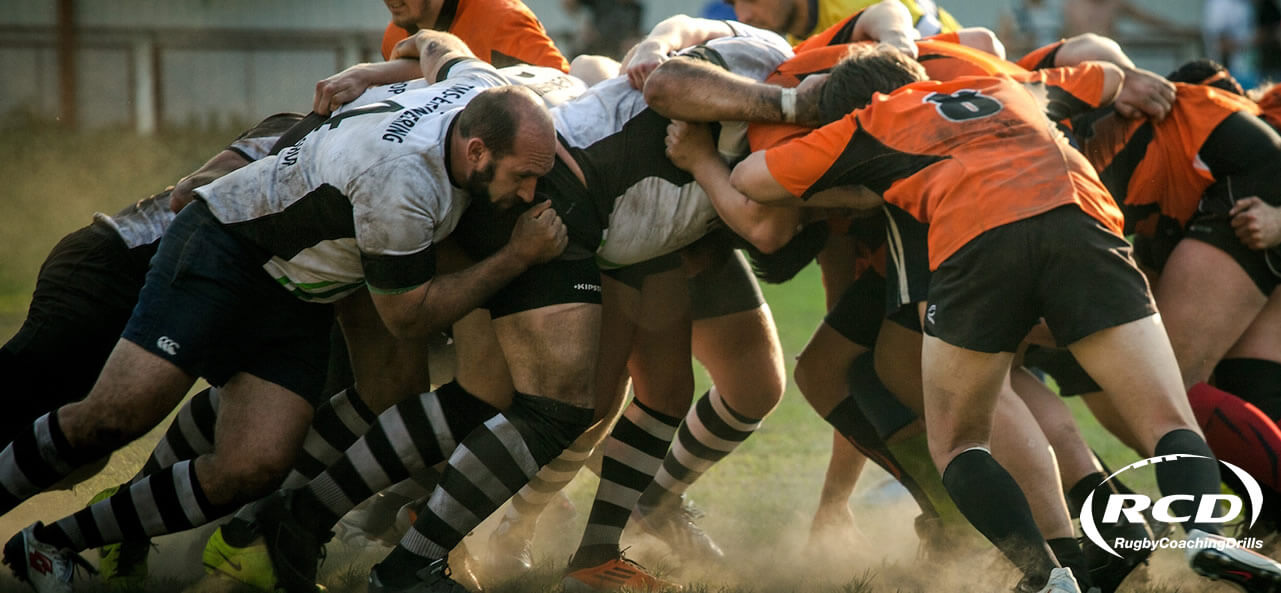
Master All Tackle Techniques
This week we will take a closer look at the different tackles modern day players are required to master!
Up first, some quick stats for you! The 2019 RWC top 10 taklers had no backs:
- AW Jones - 79
- Maro Itoje - 71
- Sam Underhill - 69
- Kieran Read - 69
- Pieter Labuschagne - 68
- James Moore - 67
- TJ Ioane - 67
- Justin Tipuric - 62
- Pieter Steph Toit - 61
- Sam Cane - 60
There are certain parts of the game where collisions are abundant and some where they are difficult to create. For example around a ruck when the defensive system is in place and a team attacks close, collisions are frequent.
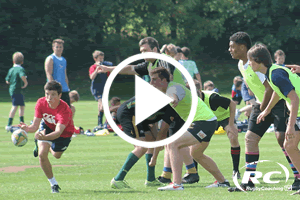
As we see below using the force and power of the attacking player, it is nearly impossible for the guard defender to be in a dominant position. He can instead manage the force in a constructive way, creating an opportunity for support players to counter the ruck or seek a turnover if coordinated.
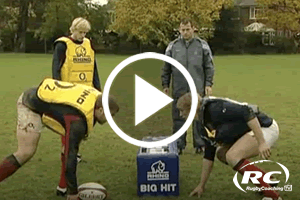
Collisions here tend to be of a different type. Velocities are lower, body height is lower, this means that tackles are either the risky (injury and if no arms illegal) chop tackle or the drag or wrestle to the ground tackle where upper body collisions are common.
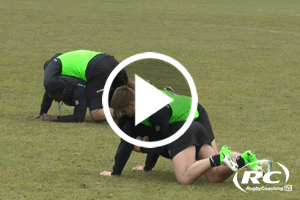
The practice above looks at how we can develop a player's ability to learn techniques common in wrestling, where the defender seeks to manage or manipulate the ball carrier by displacing their centre of gravity. This might sound complex but breaking the ball carriers balance is pretty easy if you can control the direction of force of the player.
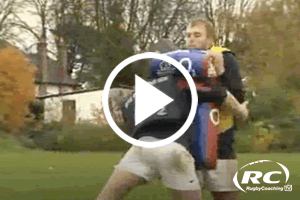
The key here (above) is where the ball carrier is holding the ball and ensuring no contact (even in a raising arm) is made with the head or above the shoulders.
Coaches must be able to coach the technical differences in these tackles, purely for a safety point of view. Failure to coach the tackle properly is a significant weakness in the game, especially with grassroots coaches, who rarely get any technical development yet strive to copy what they have seen on TV.
Regarding tackle techniques in open play, especially for the backs we see a whole different scenario, here maximum velocities are often created by the ball carrier and defender both running at high speed. Predominantly, the ball carrier will try to evade the tackler, so will naturally move and change direction – this means that the defender has to match these aspects to have any chance of being effective in defence. Injuries to backs often occur to the player failing to manage the attackers velocity and mass properly.

